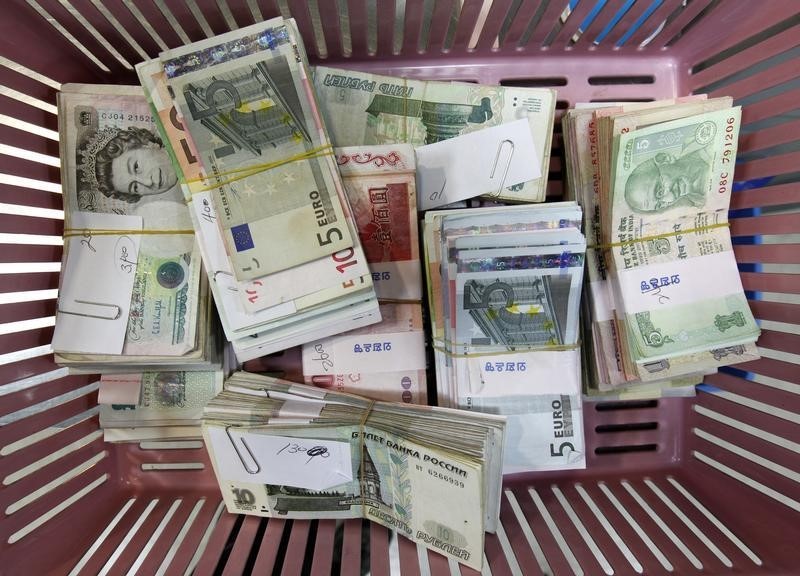Volatility Fueled by Lack of Liquidity Bedevils Australian Bonds
2022.07.26 07:58

Volatility Fueled by Lack of Liquidity Bedevils Australian Bonds
(Bloomberg) — Australia’s bond markets are suffering from poor liquidity that’s exacerbating price swings, leaving them more vulnerable to turmoil around Wednesday’s crucial inflation report.
Turnover in government debt has dropped to the lowest since 2019, even though the market has expanded more than 50%. Some bank bill futures are also seeing a squeeze, according to Mitchell Grosser, head of trading at Commonwealth Bank of Australia (OTC:CMWAY), with bids and offers coming in at 100 lots or less, down from as much as 3,000 lots a year ago.
The dearth of liquidity, reflecting tighter regulation that’s sapped the appetite of market makers, is worsening the stress caused by global gyrations. The nation’s $1 trillion general government debt market has been racked by bouts of volatility since at least October when a stronger-than-expected inflation report caused bonds to tumble and pushed the Reserve Bank of Australia to scrap its yield curve control program.
“Liquidity is definitely stretched at times now relative to what it was last year,” said Grosser.
Three-year bond futures are seeing the most severe 30-day price swings since 2011. Australia’s yield curve may be on its way to an inversion, with the yield spread between 3- and 10-year notes narrowing, as quickening inflation prompts the central bank to tighten policy more.
Bond investors face a nervous week with Australia reporting second-quarter consumer price index figures on July 27. The trimmed mean measure surged to an annual pace of 3.7% last quarter, the third-straight release where the data came in above all economist estimates.
Australia’s bond market has also been hit by as the fallout from the Bank of Japan’s uber-dovish policy at a time when most of its peers are hiking rates to curb inflation. That divergence has driven the yen to 24-year lows and also sent costs soaring to hedge against a reversal of that drop.
Australian 10-year yields are sitting near the highest since 2014 on a nominal basis, but when hedged into yen that flips to minus 0.6%, helping drive some of the world’s deepest-pocketed investors away from a market they traditionally favored.
“Japanese investors have been net sellers, and that’s definitely something that hasn’t helped liquidity,” Grosser said.
©2022 Bloomberg L.P.








